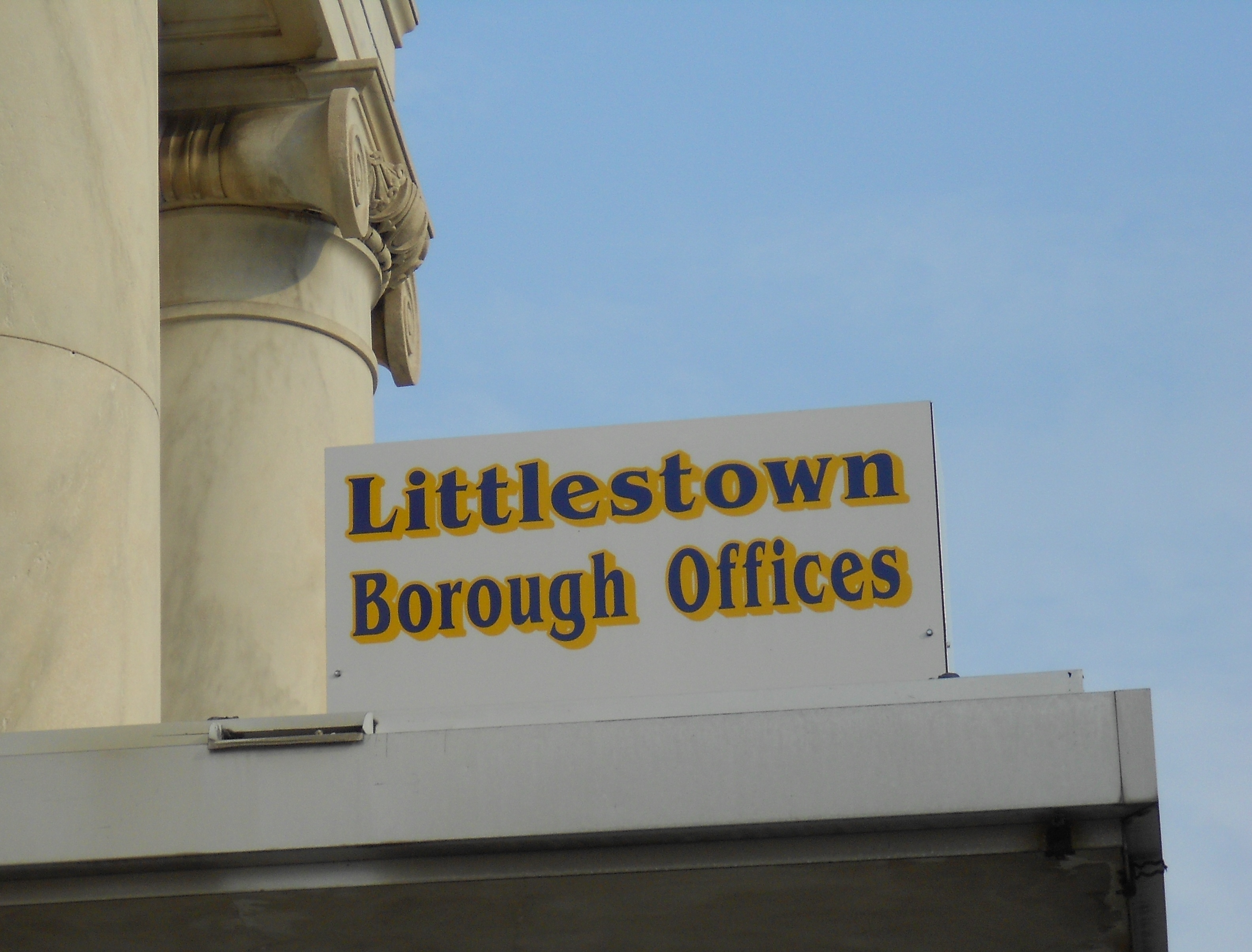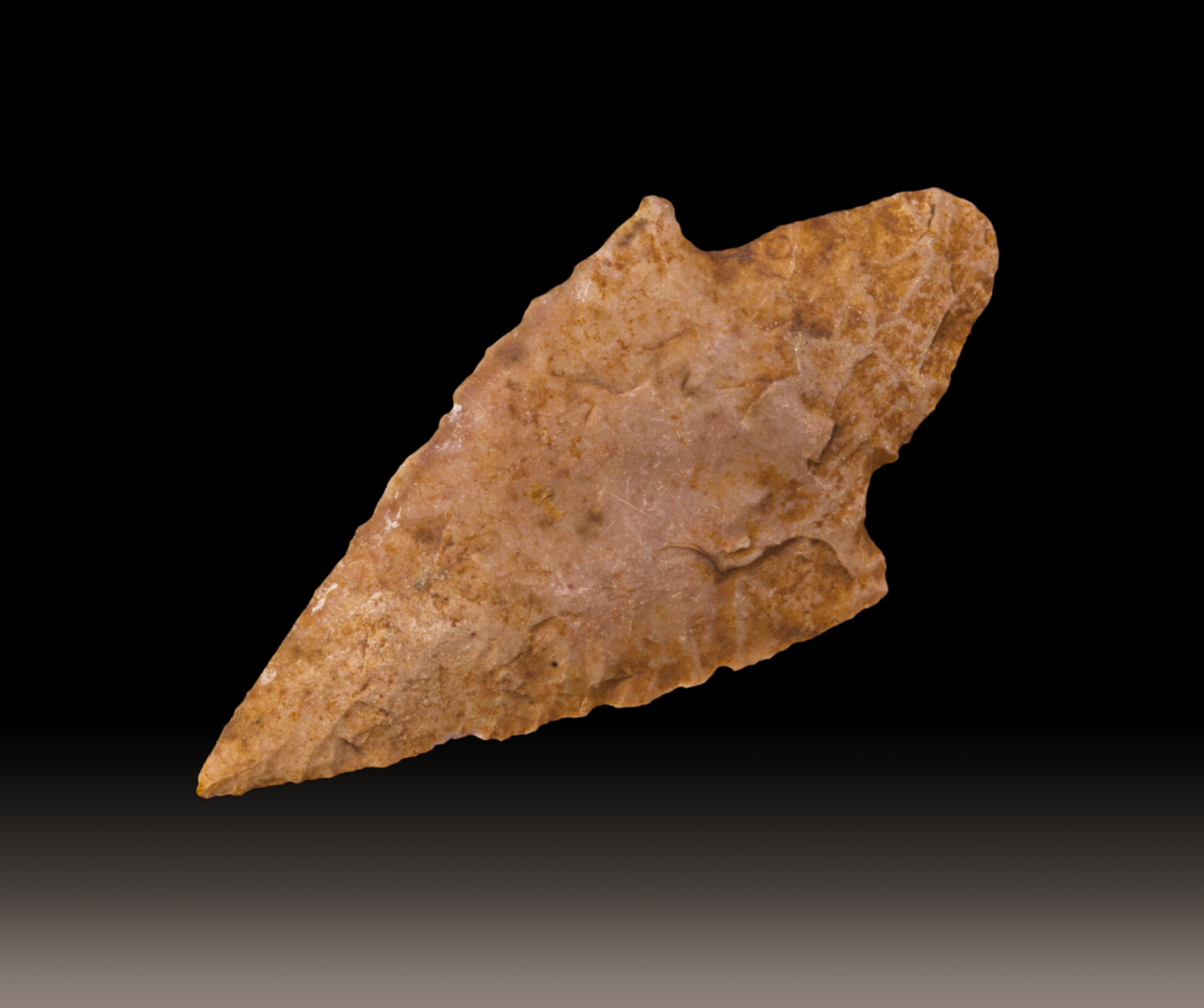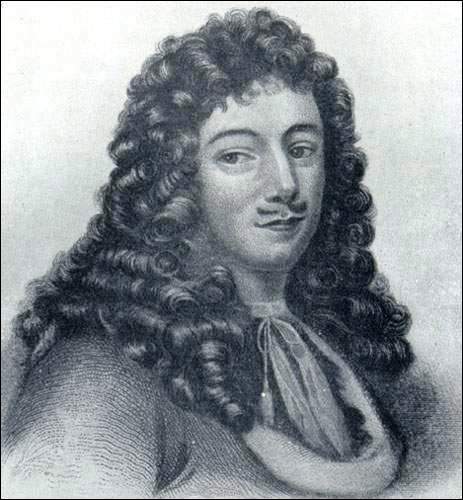|
Le Sueur, Minnesota
Le Sueur ( ) is a city in Le Sueur County in the U.S. state of Minnesota, between Mankato and the Twin Cities. It lies along the Minnesota River and U.S. Highway 169. Le Sueur was named in honor of French explorer Pierre-Charles Le Sueur. Its population was 4,213 at the 2020 census. The community is known locally as the "Valley of the Jolly Green Giant". A large billboard, with the caption "Welcome to the Valley" and Green Giant logo, remains even after the company and Green Giant label were bought by Pillsbury in 1979. Pillsbury merged with General Mills in 2001. In 2016, General Mills spun off Green Giant to B&G Foods and the canning is done in Montgomery, Minnesota. The old canning processing plant in Le Sueur was used until 1995. It is still used for agriculture-related research for corn varieties. Peas are no longer researched at the Le Sueur plant. The sugar snap pea variety was developed by a scientist at the Le Sueur plant. History Le Sueur was named its cu ... [...More Info...] [...Related Items...] OR: [Wikipedia] [Google] [Baidu] |
City
A city is a human settlement of a substantial size. The term "city" has different meanings around the world and in some places the settlement can be very small. Even where the term is limited to larger settlements, there is no universally agreed definition of the lower boundary for their size. In a narrower sense, a city can be defined as a permanent and Urban density, densely populated place with administratively defined boundaries whose members work primarily on non-agricultural tasks. Cities generally have extensive systems for housing, transportation, sanitation, Public utilities, utilities, land use, Manufacturing, production of goods, and communication. Their density facilitates interaction between people, government organisations, government organizations, and businesses, sometimes benefiting different parties in the process, such as improving the efficiency of goods and service distribution. Historically, city dwellers have been a small proportion of humanity overall, bu ... [...More Info...] [...Related Items...] OR: [Wikipedia] [Google] [Baidu] |
Jolly Green Giant
Green Giant and Le Sueur (spelled Le Sieur in Canada) are brands of frozen and canned vegetables owned by B&G Foods. The company's mascot is the Jolly Green Giant. Company and brand history The Minnesota Valley Canning Company was founded in 1903 in Le Sueur, Minnesota. It used the brand name "Le Sueur Z" for canned vegetables starting in 1903; "Le Sueur" by itself was first used in 1933.Record in Trademark Electronic Search System, U.S. Patent and Trademark Officsearch at USPTO/ref> The brand "Green Giant Great Big Tender Peas" was first used in 1925, and the figure of a giant was introduced three years later by Carly Stanek (Bingum). The brand was created in response to the discovery of a new variety of pea, the Prince of Wales; they were "oblong, wrinkled, and, as peas go, huge. Despite their size, they were tender, and had a special flavor and sweetness that couldn't be matched. The company went to the brands for which it canned and found that none of them wanted to se ... [...More Info...] [...Related Items...] OR: [Wikipedia] [Google] [Baidu] |
William Worrall Mayo
William Worrall Mayo (May 31, 1819 – March 6, 1911) was an English American medical doctor and chemist. He is best known for establishing the private medical practice that later evolved into the Mayo Clinic. His sons, William James Mayo and Charles Horace Mayo, established a joint medical practice in Rochester in the U.S. state of Minnesota in the 1880s. Early life William Worrall Mayo was born May 31, 1819, in Salford, Lancashire, England, which was then situated in the ecclesiastical parish of Eccles, where he was baptized on October 24, 1819. He studied science in Manchester under John Dalton, the chemist and physicist responsible for formulating the modern atomic theory of matter and devising a table of relative atomic weights. In 1846, Mayo left for the United States. His first work in his new country was as a pharmacist at Bellevue Hospital in New York City, though he soon moved westward. Mayo spent a brief period of time in Buffalo, New York, before settling in La ... [...More Info...] [...Related Items...] OR: [Wikipedia] [Google] [Baidu] |
Borough (United States)
A borough in some U.S. states is a unit of local government or other administrative division below the level of the state. The term is currently used in six states: *A type of municipality: Connecticut, New Jersey and Pennsylvania (also formerly Michigan and Minnesota) *A subdivision of a consolidated city, corresponding to another present or previous political subdivision: New York and Virginia *In Alaska only, a borough is a county-equivalent. Specific states Alaska In Alaska, the word "borough" is used instead of "county". Like counties, boroughs are administrative divisions of the state. Each borough in Alaska has a borough seat, which is the administrative center for the borough. The Municipality of Anchorage is a consolidated city-borough, as are Sitka, Juneau, Haines, Yakutat, and Skagway. Nearly half of the state's area is part of the vast Unorganized Borough, which has no borough-level government at all. The United States Census Bureau has divided the Unor ... [...More Info...] [...Related Items...] OR: [Wikipedia] [Google] [Baidu] |
Minnesota Legislature
The Minnesota Legislature is the bicameral legislature of the U.S. state of Minnesota consisting of two houses: the Senate and the House of Representatives. Senators are elected from 67 single-member districts. In order to account for decennial redistricting, members run for one two-year term and two four-year terms each decade. They are elected for four-year terms in years ending in 2 and 6, and for two-year terms in years ending in 0. Representatives are elected for two-year terms from 134 single-member districts formed by dividing the 67 senate districts in half (ie. Senate District 1 Contains House Districts 1A and 1B). Both houses of the legislature meet between January and the first Monday following the third Saturday in May each year, not to exceed 120 legislative days per biennium. Floor sessions are held in the Minnesota State Capitol in Saint Paul. History City charters Early on in Minnesota's history, the legislature had direct control over the city charters t ... [...More Info...] [...Related Items...] OR: [Wikipedia] [Google] [Baidu] |
Incorporated Town
An incorporated town is a town that is a municipal corporation. Canada Incorporated towns are a form of local government in Canada, which is a responsibility of provincial rather than federal government. United States An incorporated town or city in the United States is a municipality that is incorporated under state law. An incorporated town will have elected officials, as differentiated from an unincorporated community, which exists only by tradition and does not have elected officials at the town level. In some states, civil townships may sometimes be called towns, but are generally not incorporated municipalities, but are administrative subdivisions and derive their authority from statute rather than from a charter. In New York and Wisconsin, "towns" are more similar in concept to townships in other states than to incorporated towns in most states (see Administrative divisions of New York, Political subdivisions of Wisconsin). In some other states, the term "town" is ... [...More Info...] [...Related Items...] OR: [Wikipedia] [Google] [Baidu] |
Arrowhead
An arrowhead or point is the usually sharpened and hardened tip of an arrow, which contributes a majority of the projectile mass and is responsible for impacting and penetrating a target, or sometimes for special purposes such as signaling. The earliest arrowheads were made of stone and of organic materials; as human civilizations progressed, other alloy materials were used. Arrowheads are important archaeological artifacts; they are a subclass of projectile points. Modern enthusiasts still "produce over one million brand-new spear and arrow points per year". A craftsman who manufactures arrowheads is called an arrowsmith. History In the Stone Age, people used sharpened bone, flintknapped stones, flakes, and chips and bits of rock as weapons and tools. Such items remained in use throughout human civilization, with new materials used as time passed. As archaeological artifacts such objects are classed as projectile points, without specifying whether they were ... [...More Info...] [...Related Items...] OR: [Wikipedia] [Google] [Baidu] |
Flint
Flint, occasionally flintstone, is a sedimentary cryptocrystalline form of the mineral quartz, categorized as the variety of chert that occurs in chalk or marly limestone. Historically, flint was widely used to make stone tools and start fires. Flint occurs chiefly as nodules and masses in sedimentary rocks, such as chalks and limestones.''The Flints from Portsdown Hill'' Inside the nodule, flint is usually dark grey or black, green, white, or brown in colour, and has a glassy or waxy appearance. A thin, oxidised layer on the outside of the nodules is usually different in colour, typically white and rough in texture. The nodules can often be found along s and [...More Info...] [...Related Items...] OR: [Wikipedia] [Google] [Baidu] |
Sisseton-Wahpeton Sioux Tribe
The Sisseton Wahpeton Oyate of the Lake Traverse Reservation (), formerly Sisseton-Wahpeton Sioux Tribe/Dakota Nation, is a federally recognized tribe comprising two bands and two subdivisions of the ''Isanti'' or Santee Dakota people. They are on the Lake Traverse Reservation in northeast South Dakota. Lake Traverse Reservation The Lake Traverse Reservation and its boundaries were established by the Lake Traverse Treaty of 1867. From 1884 until the 1913, the tribal government was based upon the concept of the Soldier's Lodge. Due to external pressures from federal Indian agents and religious missionaries, as well as internal turmoil, in 1913 the tribe created an advisory committee. It served as the basis of government until 1946. In 1934 the federal government urged the tribe to adopt the provisions of the Wheeler-Howard Act, also known as the Indian Reorganization Act. By 1946 the tribe had reorganized, establishing the current system of bylaws and elected tribal governme ... [...More Info...] [...Related Items...] OR: [Wikipedia] [Google] [Baidu] |
New France
New France (, ) was the territory colonized by Kingdom of France, France in North America, beginning with the exploration of the Gulf of Saint Lawrence by Jacques Cartier in 1534 and ending with the cession of New France to Kingdom of Great Britain, Great Britain and History of Spain (1700–1808), Spain in 1763 under the Treaty of Paris (1763), Treaty of Paris. A vast viceroyalty, New France consisted of five colonies at its peak in 1712, each with its own administration: Canada (New France), Canada, the most developed colony, which was divided into the districts of Quebec (around what is now called Quebec City), Trois-Rivières, and Montreal; Hudson Bay; Acadia in the northeast; Terre-Neuve (New France), Terre-Neuve on the island of Newfoundland (island), Newfoundland; and Louisiana (New France), Louisiana. It extended from Newfoundland to the Canadian Prairies and from Hudson Bay to the Gulf of Mexico, including all the Great Lakes of North America. The continent-traversing ... [...More Info...] [...Related Items...] OR: [Wikipedia] [Google] [Baidu] |
Montgomery, Minnesota
Montgomery is a city in Le Sueur County, Minnesota, United States, 45 miles south of Minneapolis. It was named after Richard Montgomery, an Irish- American soldier who served as a major general in the Continental Army during the Revolutionary War. The population was 2,956 at the 2010 census. History Montgomery was platted in 1877 when the railroad was extended to that point. Martin M. Malone (1888-1962), politician and businessman, was born in Montgomery. Geography According to the United States Census Bureau, the city has a total area of , all land. Minnesota State Highways 13 and 21 are two of the main routes in the city. Minnesota State Highway 99 is located directly to the south. Montgomery is 15 miles from Interstate 35. The closest towns to Montgomery are: North - New Prague, South - Kilkenny, East - Lonsdale, West - Le Center. The closest major city is Faribault to the Southeast. Climate Demographics 2010 census At the 2010 census, there were 2,956 ... [...More Info...] [...Related Items...] OR: [Wikipedia] [Google] [Baidu] |







